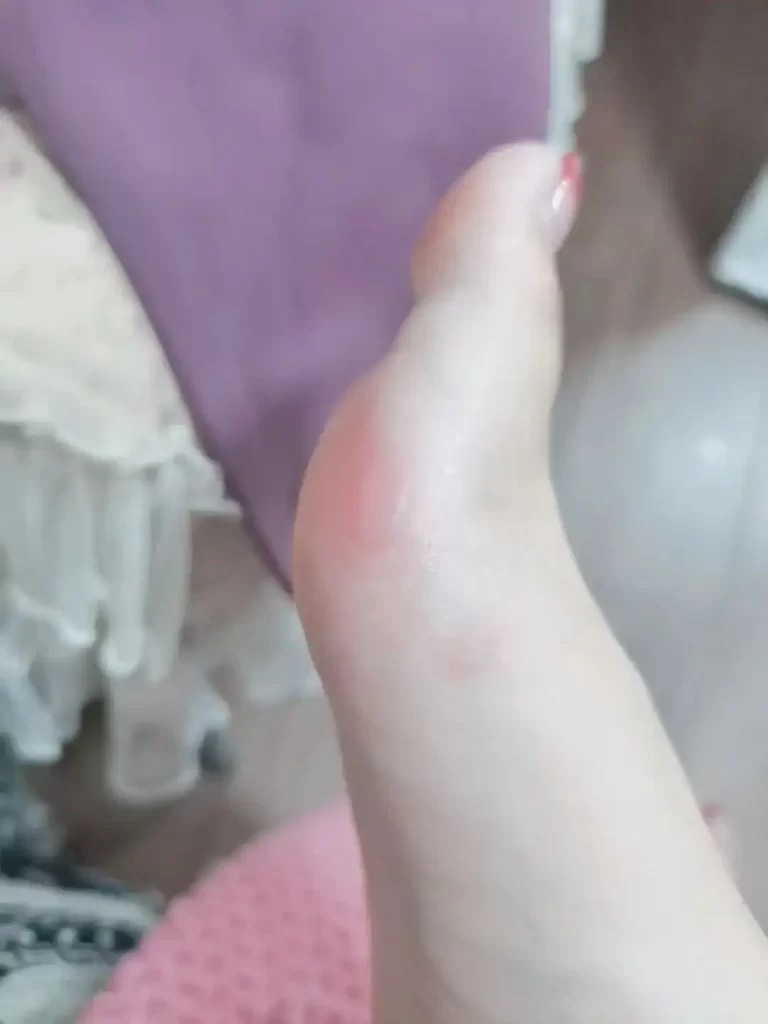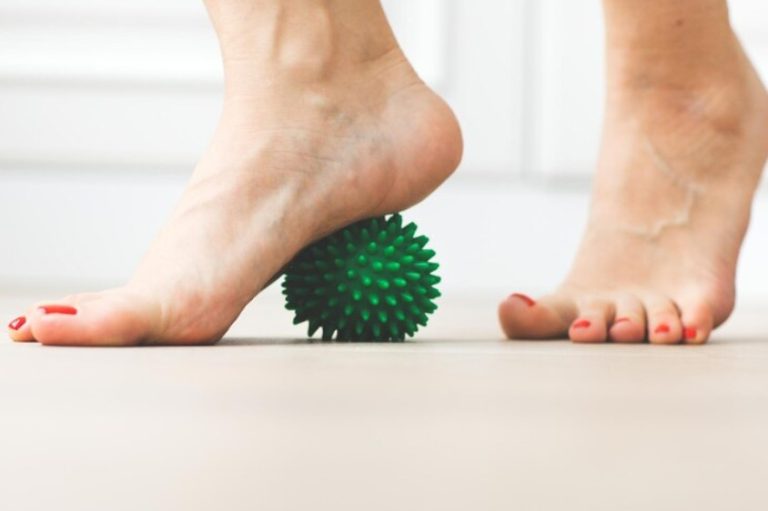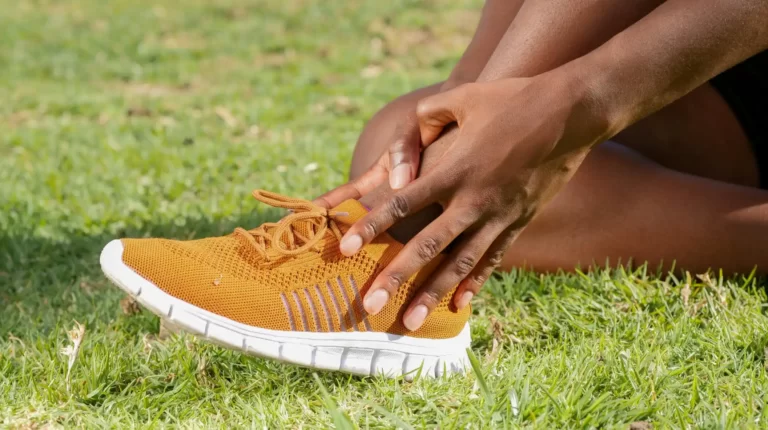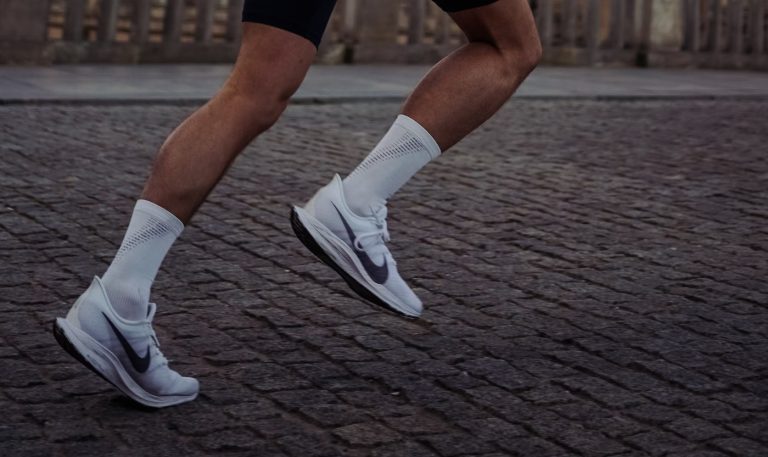Rising Above Flat Feet: Success Stories of NBA Players with Flat Feet
Flat feet, medically known as pes planus, is a condition where the arches of the feet are partially or completely collapsed. While this condition affects a significant portion of the population, its impact on professional athletes, especially NBA players, has been a subject of interest and concern. In this article, we will delve into the world of NBA players with flat feet, exploring the challenges they face and the strategies they employ to succeed on the basketball court.
Understanding Flat Feet
Flat feet can be attributed to various factors, including genetics, injuries, and age. Individuals with flat feet may experience discomfort, pain, and a higher risk of certain foot and lower leg injuries. When it comes to NBA players, the pressure to perform at an elite level adds another layer of complexity to the condition.
Players with flat feet may encounter symptoms such as arch pain, knee pain,shin splints, and instability during movements. These issues can compromise their ability to jump, pivot, and change direction effectively. To overcome these challenges, understanding the underlying causes and implementing appropriate strategies are crucial.
Challenges for NBA Players with Flat Feet

In the high-intensity world of professional basketball, flat feet can pose unique challenges for players. One of the primary concerns is the increased risk of injuries. The lack of arch support can lead to overpronation, placing excessive stress on the ankles, knees, and hips, making players vulnerable to sprains and strains.
Footwear choice is another significant challenge for NBA players with flat feet. Finding the right shoes that provide adequate support, stability, and cushioning can be a daunting task. Ill-fitting shoes can exacerbate foot-related issues and hamper a player’s performance on the court.
Overcoming Flat Feet in the NBA
Despite the challenges, NBA players have access to a range of resources to help them combat the effects of flat feet. Custom orthotics and insoles are often prescribed to provide individualized support, correct alignment, and alleviate discomfort. These custom-made inserts can significantly improve a player’s biomechanics and alleviate strain during games and practices.
In addition to orthotics, specific exercises and rehabilitation programs play a vital role in enhancing foot strength and stability. Targeted workouts can help players build the muscles in their feet and ankles, reducing the risk of injuries and enhancing overall performance.
The Importance of Proper Footwear
The significance of appropriate footwear cannot be overstated for NBA players with flat feet. Shoe manufacturers have responded to this challenge by designing basketball shoes with enhanced arch support and cushioning. Players now have access to a wide range of specialized basketball shoes tailored to their individual needs, which can make a substantial difference in their game.
NBA Players Who Thrived Despite Flat Feet
Here are 10 NBA players known or rumored to have flat feet and how they managed to excel in their careers:
Michael Jordan: Deemed one of the greatest players in history, Jordan’s extraordinary skills overrode his flat feet. His extreme dedication to training and his practice of wearing custom orthotics might have helped him cope with his condition.
Shaquille O’Neal: Shaq used custom shoes to navigate flat feet, becoming one of the most dominant centers in NBA history.
Kobe Bryant: Although faced with the challenge of flat feet, Bryant’s grit, determination, and exceptional skills positioned him as an all-time NBA great.
LeBron James: James overcame his flat feet condition by working on his overall strength and endurance. He also mitigated potential flat-foot complications by using custom orthotic insoles.
Stephen Curry: Curry coped with his flat feet by emphasizing ankle strength in his training regimen and using specially-designed shoes.
Derrick Rose: Despite having flat feet, Rose became the youngest player ever to win the NBA MVP award. His rigorous training and conditioning program might have helped him handle the strain flat feet can cause.
Russell Westbrook: Westbrook’s dynamic style of play and extraordinary athleticism allowed him to thrive in the league, flat feet notwithstanding.
James Harden: Considered one of the league’s best scorers and playmakers, Harden hasn’t allowed flat feet to hamper his performance.
Anthony Bennett: Bennett became the number one pick in the 2013 NBA Draft despite facing flat feet. He used physical therapy and foot exercises to manage his condition.
Giannis Antetokounmpo: While coping with flat feet, Giannis, aka “The Greek Freak,” developed into one of the most versatile players in the league, even earning two NBA MVP titles.
Success Stories: How NBA Players Managed Flat Feet

Behind every successful NBA player with flat feet lies a combination of dedication and expert guidance. Personal training and conditioning tailored to their specific needs play a vital role in managing the condition. Additionally, collaborations with sports medicine specialists, including podiatrists and physical therapists, help players optimize their performance and minimize injury risks.
The Role of Technology in Supporting Flat-Footed Players
The sports industry has witnessed significant technological advancements in recent years, and NBA players with flat feet have benefited from these innovations. Shoe manufacturers have introduced cutting-edge technologies, such as adaptive midsoles and pressure-mapping insoles, to provide personalized support and comfort.
Wearable devices have also become valuable tools for monitoring and supporting flat-footed players. These devices can track biomechanics during games and practices, offering insights that aid in injury prevention and performance optimization.
Mental Resilience and Flat Feet in the NBA

Dealing with flat feet can also be a mental challenge for NBA players. Overcoming doubts and stereotypes is crucial to building confidence and maintaining a positive mindset. Embracing individuality and recognizing that flat feet do not define one’s abilities can lead to a healthier and more successful career.
Do you want to be able to jump higher, move faster, and play longer?
If so, Powermax Full Length Basketball Shoes Insoles are the right product for you. They provide cushioning for your feet, pain relief and shock absorption, and can be used with almost any basketball shoe.
Using these insoles,they’ll enhance comfort when playing basketball while cushioning your feet against impact. You’ll also have more energy without getting exhausted quickly. And the best part is that the insoles improve foot motion control so you can make sure you’re landing safely and in a balanced position every time.
Best Practices for Flat-Footed Players in the NBA
NBA players with flat feet can adopt several best practices to improve their performance and overall foot health. Proper warm-up and cool-down routines are essential for preparing the feet and lower extremities for intense physical activity and aiding in recovery afterward. Adequate rest and recovery strategies also play a critical role in preventing overuse injuries.

Expert Interviews: Perspectives on Flat Feet in Basketball
To gain a comprehensive understanding of flat feet in the NBA, we spoke to sports physicians, podiatrists, and NBA coaches. Their insights shed light on the challenges faced by players and the importance of a holistic approach to foot health and performance.
Conclusion
Flat feet may present challenges for NBA players, but with the right strategies and support, these athletes can overcome adversity and thrive on the basketball court. From custom orthotics and specialized footwear to targeted exercises and mental resilience, NBA players with flat feet have proven that determination and dedication can lead to success.








